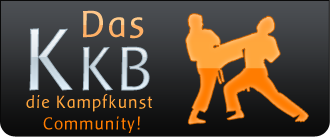Hi
Ich Ich möchte wissen was Das für Kampfsportarten/KriegsKünste
sind Hatt jemand Informationen dazu?
-Glima(Island)
-Sambo(Russland)
-Öl-Ringkampf(Türkei)
-Stav(Norwegen)
-La Destreza(Spanien)
-Raufkunst(Österreich)
-SChwingen(Schweiß)
P.s Kennt jemand den Unterschied zwischen Savate und Kickboxen?




 , die Hose...
, die Hose...

